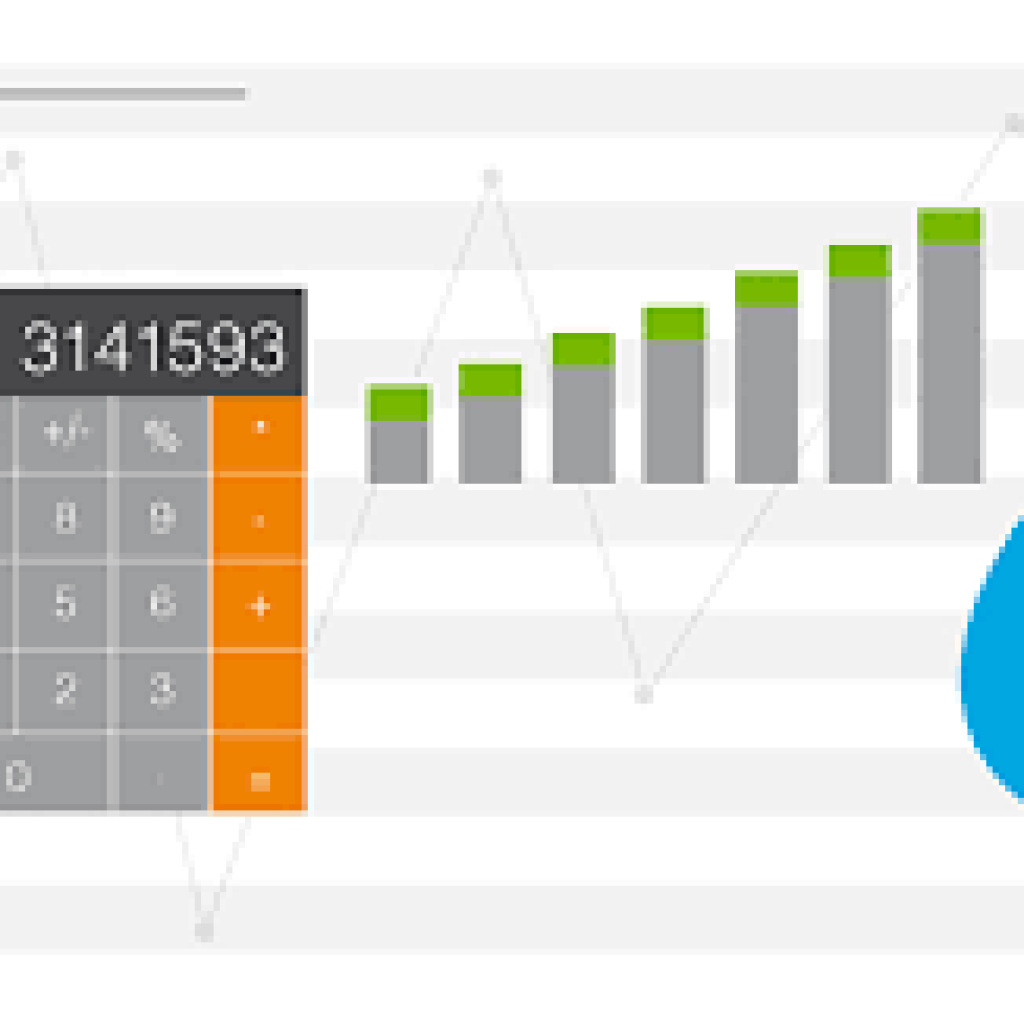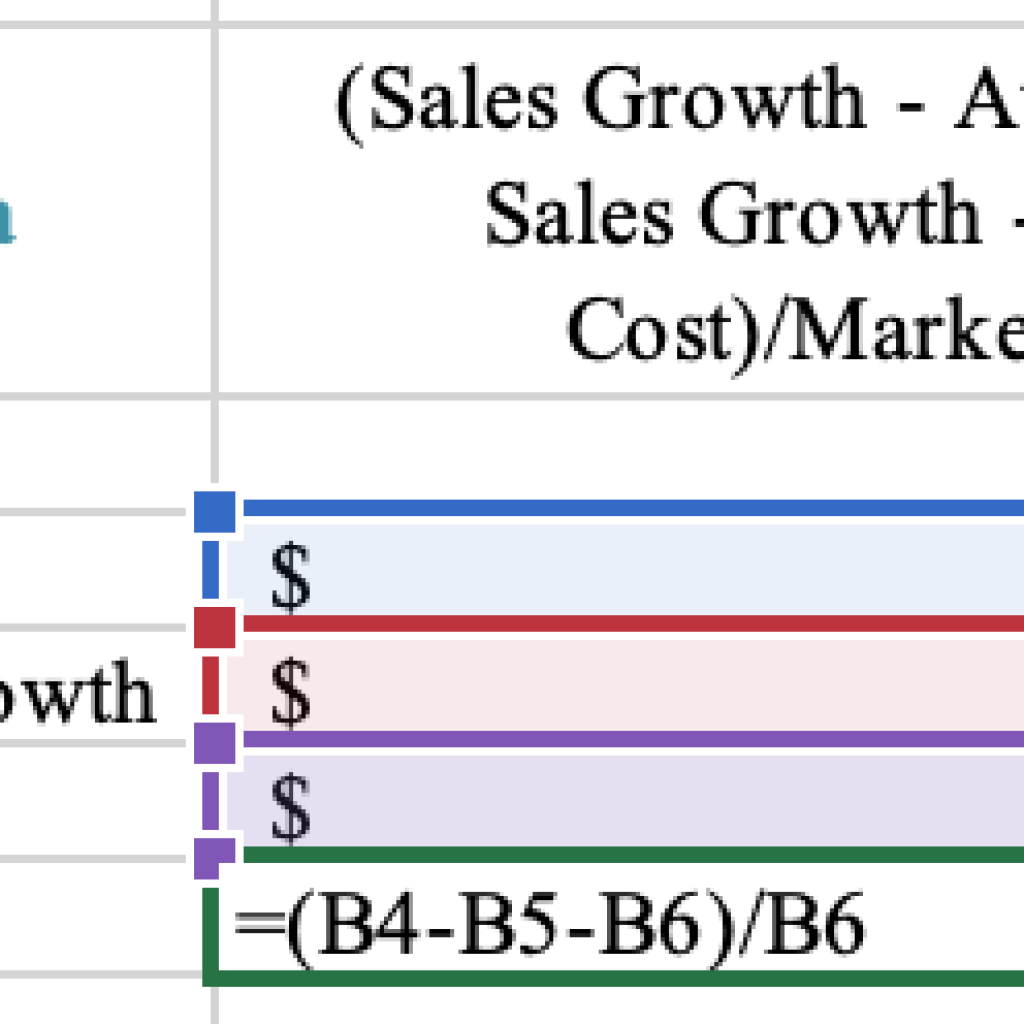To determine whether or not your marketing efforts are assisting the company in enhancing its bottom line, one of the most crucial aspects of a marketing campaign is to evaluate its performance, impact, and profit. The learnings from the process can be used to inform upcoming data-driven strategies for more informed decision-making. Let’s look at the return on investment (ROI) concept in marketing:
What does marketing ROI mean?
The practice of attributing profit and revenue growth to the effects of marketing initiatives is known as marketing ROI. Organizations can gauge the extent to which marketing initiatives, whether taken as a whole or on a campaign-by-campaign basis. Contribute to revenue growth by calculating the return on marketing investment. As a result, to justify marketing budget allocation, using marketing ROI for ongoing and upcoming campaigns and initiatives.
How do Businesses Use Marketing ROI?
Calculating the return on marketing investment at the organizational level can assist in directing business decisions and maximizing marketing initiatives. Knowing a campaign’s return on investment (ROI) is helpful for marketers because:
1. Defend marketing expenditures
CMO’s consistently lists allocating funds and resources for marketing initiatives as a top priority. However, it is imperative that current marketing spend and budget be justified at the executive level to secure budget and resources for future campaigns. To do this, marketers must precisely determine the return on investment (ROI) their marketing initiatives generate for the company. For instance, they ought to know whether native ads generate conversions and ROI while display ads are ineffective.

2. Make marketing budgets available.
There are countless possible marketing mix combinations across online and offline channels. However, funding is necessary for all campaign-related initiatives. For this reason, determining which offline and online marketing initiatives generate the most revenue it is essential to allocate the marketing budget effectively.
3. Measure the success of the campaign and establish baselines
The capacity to gauge campaign success and establish benchmarks that can be used as a guide for subsequent efforts is an essential component of any successful marketing team. In light of this, precise ROI measurement aids marketers in achieving both. For example, marketers can more effectively choose the ideal blend of offline and online campaign efforts by understanding the effect of individual campaigns on overall revenue growth. Additionally, regular ROI measurement enables marketers to set benchmarks, quickly assess their success, and modify strategies to maximize impact.
4. Competitive Research
Marketers can accurately assess how their company is performing within their niche by monitoring the marketing ROI of competitors. Keeping efforts consistently competitive, for instance, marketers who monitor publicly available financial data can estimate competitors’ ROI and modify baselines to reflect these estimates.
How to calculate and measure marketing ROI
Although there are many different ways to determine marketing ROI, the fundamental formula used to comprehend marketing impact at a high level is pretty simple:
(Growth in Sales – Marketing Expense) / Marketing Expense = Marketing ROI

It’s crucial to remember that this formula bases its predictions on the notion that marketing activities are the sole cause of all sales growth. Therefore, marketers should consider organic sales to produce a more accurate picture of the impact and ROI of their marketing campaigns.
How to calculate marketing ROI
Sales Growth – Organic Sales Growth – Marketing Cost) / Marketing Cost.
It’s crucial to comprehend the overall ROI that marketing efforts have produced when utilizing marketing ROI formulas. Be aware that the marketing team’s strategy, campaign efforts, and general overhead associated with campaign implementation. Let’s look at some essential components to include in your marketing ROI calculations:

- Total Revenue: Marketers can get a clear, comprehensive picture of their efforts by looking at the total revenue produced by a specific campaign. It is ideal for strategic media planning, budget allocation, and overall marketing impact to consider total revenue when calculating marketing ROI.
- Gross Profit: By including gross profit, marketers can better understand the total amount of revenue that marketing initiatives brings. Compared to the price of producing or providing goods and services. Marketers should include the following in their formula for marketing ROI: = (Total revenue – cost of goods to deliver a product).
- Net Profit: Marketers can more precisely determine how their marketing initiatives will affect net profit by (Gross profit – additional expenses).
It’s critical to consistently define the profit/expenditures and overall ROI that your team will consider when analyzing marketing ROI. Think about adding the following:
- Internal and overhead costs
- Agency costs
- Creative
- Media buys
Customer lifetime value (CLV), which highlights the value of each unique customer relationship with a brand, can also be used by marketers to calculate ROI. This formula aids in evaluating long-term ROI throughout the customer lifecycle. Marketers can accomplish this by applying the formula below:
Customer Lifetime Value is calculated as (1 + Discount Rate/Retention Rate)/(Retention Rate).
Advice on Increasing Marketing ROI
The next step is to start applying the lessons learned to future marketing efforts to maximize future performance. Now that you know the concept of marketing ROI and what a good ROI in marketing is. Here are some pointers for raising ROI for long-term marketing success:
1. Make Specific Goals
Return-On-Marketing-Objective is referred to as “ROMO”. This term, which can be used instead of “marketing return on investment” (ROMI), highlights the idea that a campaign can achieve more than just ROI, such as altering perceptions of a brand. In light of this, marketers must set clear goals that specify what external factors constitute their ROMOs. How to measure these particular factors (and subsequently applied to marketing ROI calculation). For example, utilize metrics like brand awareness strategy surveys, social platform interactions, or the proportion of MQLs to SQLs.
2. Establish Costs
To clearly formulate their marketing ROI measurement strategies and choose which metrics to include in their ROI calculations, marketers can benefit from establishing marketing costs such as creative development, personnel, agency fees, overhead, and others.
3. Utilize a platform for marketing analytics
Tracking consumers across the omnichannel landscape is made much easier by using the appropriate attribution models and marketing measurement strategies, which produce more comprehensive and detailed results. Put your attention on a marketing technology platform that combines various attributions with online and offline measurements. With an analytics tool, marketers can use clearer insights in their calculations, making ROI measurement more accurate and effective.
Also Read: Marketing’s Evolving Role For Brands In 2023
Conclusion
Measuring the return on investment (ROI) of your marketing activities can tell the effectiveness of your marketing strategy. However, it’s important to remember that some marketing campaigns may have a long-term effect and that ROI may only sometimes be immediate. Therefore, you may want to use different metrics and modify your calculations. To assess the overall effectiveness of your campaign, you should also track other Key Performance Indicators (KPIs), such as website traffic, lead generation, conversions, customer acquisition costs, etc. In general, you should set clear goals and objectives, track the appropriate metrics, and continually adjust and optimize your strategy to effectively measure your marketing efforts’ ROI.
















